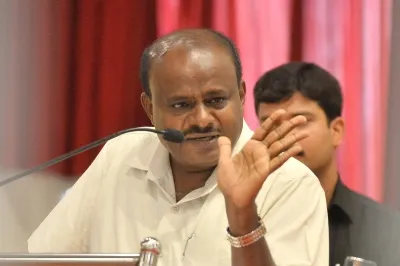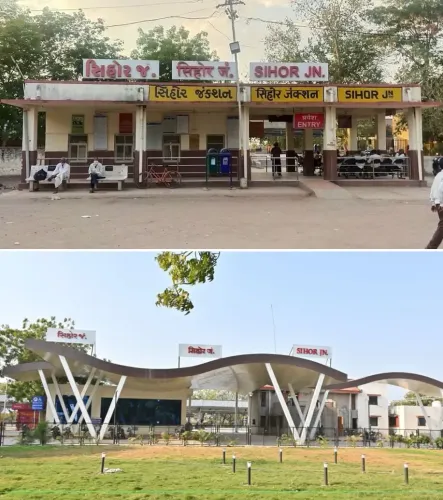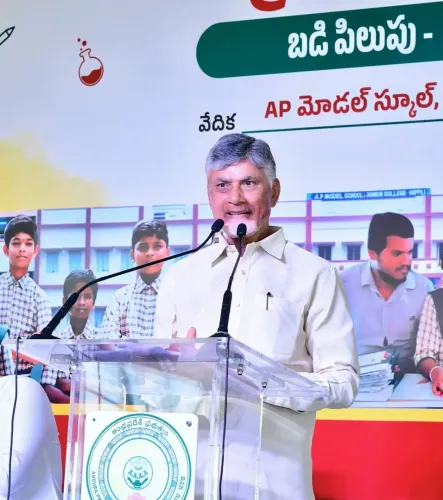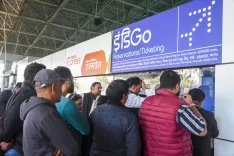How is Face Recognition Technology Enhancing Governance? WCD Minister Annpurna Devi
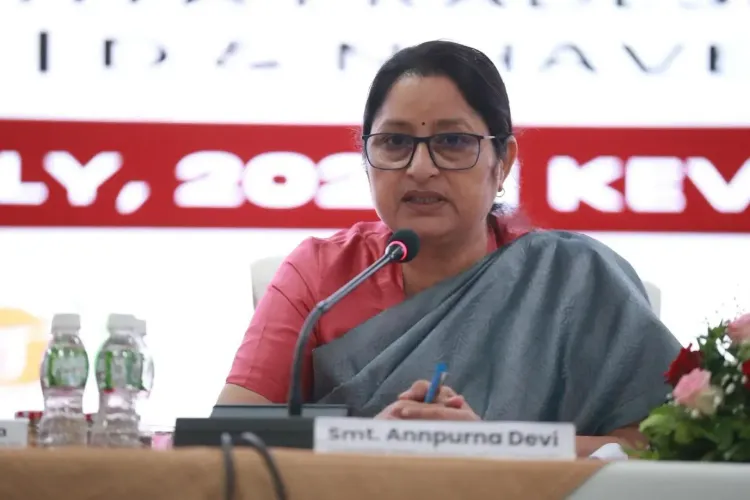
Synopsis
Key Takeaways
- Face Recognition System enhances governance.
- Biometric registration improves targeting.
- Digital literacy is essential for empowerment.
- Collaboration among states is crucial for success.
- Innovations lead to better service delivery.
Kevadia (Gujarat), July 12 (NationPress) Union Minister for Women and Child Development (WCD) Annpurna Devi emphasized on Saturday that the integration of innovative technology such as the Face Recognition System (FRS) under Saksham Anganwadi plays a crucial role in promoting transparency, accountability, and enhancing governance.
During the Ministry’s Zonal Meeting in Kevadia, Gujarat, she underscored the ongoing initiatives aimed at strengthening collaboration between the Center and States to expedite the execution of significant flagship programs in the realm of women and child development.
The Minister paid tribute to Sardar Vallabhbhai Patel and stressed the necessity of collective efforts to achieve Prime Minister Narendra Modi’s vision of a ‘Suposhit Bharat’ and inclusive national development driven by empowered women and well-cared-for children.
In a notable update under Poshan 2.0, it was revealed that from August 1, beneficiary registration will utilize biometric authentication, ensuring enhanced targeting and service delivery.
Additionally, specialized training modules for Mission Saksham Anganwadi and Poshan 2.0 will be launched on the iGOT Karmayogi platform to bolster knowledge and capacity-building frameworks for state, district, and field workers nationwide.
The Minister called on States and UTs to fortify grievance redressal systems, guarantee timely service delivery at Anganwadis, and implement more effective beneficiary targeting strategies.
She also highlighted the importance of improving digital literacy among adolescent girls and young mothers, advocating for a shift in platforms like the Poshan Helpline from grievance centers to avenues for citizen engagement and service quality enhancement.
The Zonal Meeting featured active involvement from senior officials from Gujarat, Maharashtra, Madhya Pradesh, Rajasthan, and Goa, focusing on the convergence of efforts under Mission Shakti, Mission Vatsalya, Mission Saksham Anganwadi, and Poshan 2.0, with states presenting best practices, innovative strategies, and successful interventions for shared learning and replication.
Among the attendees were Minister of State for Women and Child Development Savitri Thakur, Gujarat Minister for Women and Child Development Bhanuben Babariya, Madhya Pradesh Minister for Women and Child Development Nirmala Bhuria, and Rajasthan Minister of State Manju Baghmar.


